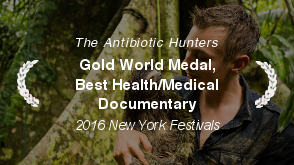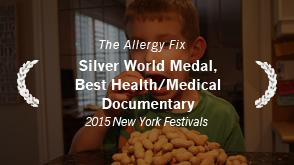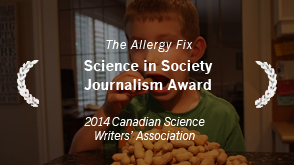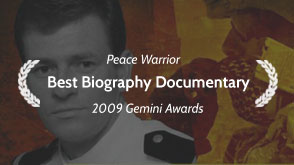-
Antibiotic Reptiles
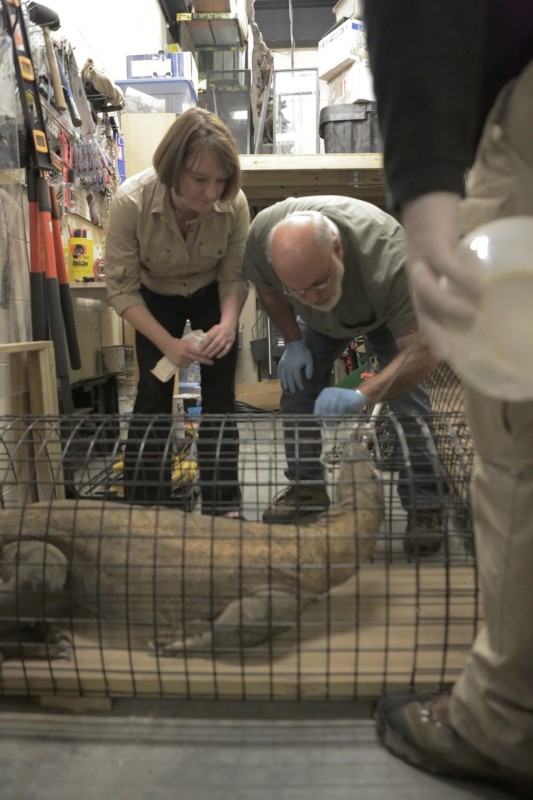 Monique Van Hoek needed a fresh batch of alligator blood. The microbiologist from George Mason University suspects alligators may contain unique compounds that could create a brand new family of antibiotics. We arranged to meet her at the St. Augustine Alligator Farm, which she’d never visited before because blood samples from the farm’s alligators are usually shipped to her. “I’ve always wanted to visit the gators. And it’s so nice in Florida. It’s snowing in Virginia!”
Monique Van Hoek needed a fresh batch of alligator blood. The microbiologist from George Mason University suspects alligators may contain unique compounds that could create a brand new family of antibiotics. We arranged to meet her at the St. Augustine Alligator Farm, which she’d never visited before because blood samples from the farm’s alligators are usually shipped to her. “I’ve always wanted to visit the gators. And it’s so nice in Florida. It’s snowing in Virginia!”University of Florida biologist Kent Vliet drove to St. Augustine as well, with his needles and vials and alligator know-how.
Monique wanted to get some saliva from the two Komodo dragons at the farm as well. A Komodo dragon bite is infected with some very nasty bacteria. “The mouth of the dragon is where they have that bacteria. You would anticipate that the peptides would be highly expressed in the saliva and in the oral cavity. So we would be very excited to get Komodo dragon saliva.”
Kent said getting some saliva would be a possibility. The male might cooperate, but the female’s more difficult to handle.Saurians like alligators and crocodiles are really kinds of dinosaurs, survivors of the big dinosaur die-off 53 million years ago. They tend to live in septic, sordid swamps full of bacteria. Yet they survived where the other dinosaurs didn’t. The presumption? They’ve got very effective immune systems. And therefore effective antibiotic molecules.
After taking Monique and our camera crew on a tour of the facilities, reptile curator Kevin Torregrossa waded into the younger gators with a pole and rope (while my crew followed hesitantly). It didn’t take him long to isolate one sluggish six-foot female and drag her over to Kent, who waited with tape and needle. He sat on the animal’s back while Kevin taped up the mouth. Then he carefully inserted the needle in the back of the alligator’s head and drew three vials of blood. All in a day’s work for these guys.
The Komodo dragon was a different matter. They move more quickly than the alligators and are more aggressive. Kevin called the dragon inside for food. He dangled a delicious white mouse (deceased) just out of reach of its mouth (the dragon is inside its wire cage; the mouse outside). Kent collected the resulting saliva dripping from its lips with a Q-tip.
Monique went home to Virginia with both blood and saliva samples. And we went home with some good scenes on video.
- Welcome
- Our Films
- Cracking Cancer
- The Antibiotic Hunters
- Weather Gone Wild: Surviving a World of Superstorms
- Generation Jobless
- The Allergy Fix
- To the Rescue
- Where Am I?
- The Boomer Revolution
- Programmed to be Fat?
- Generation Boomerang
- Thoroughly Modern Marriage
- X-Cars
- Hyper Parents & Coddled Kids
- The Downside of High
- Peace Warrior
- Desperately Seeking Doctors
- Depression: Fighting the Dragon
- Embracing Bob’s Killer
- Coming Soon
- Store
- Blog
- About Us

